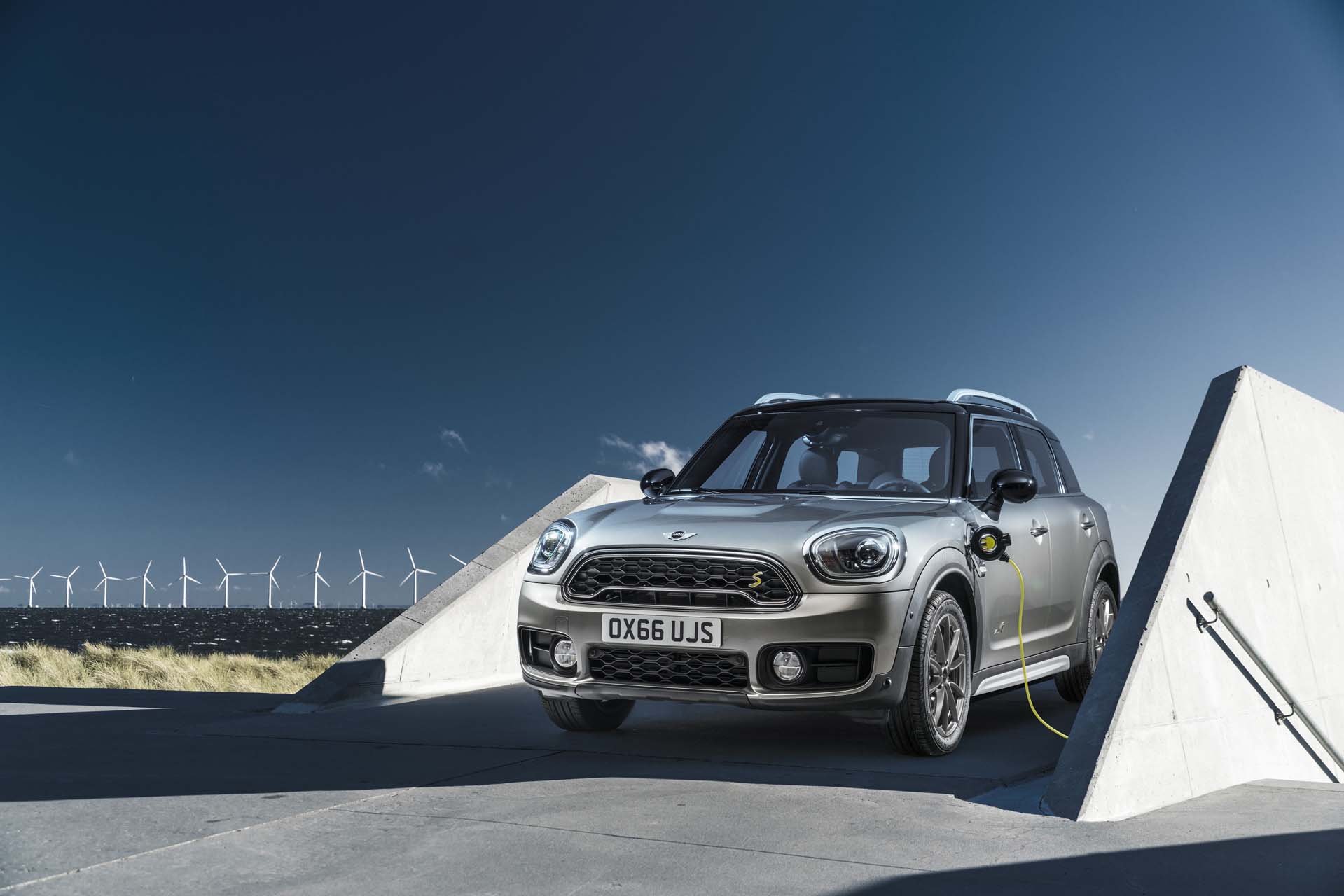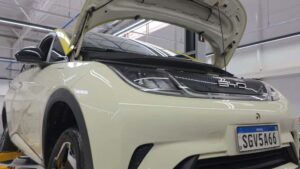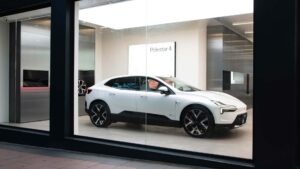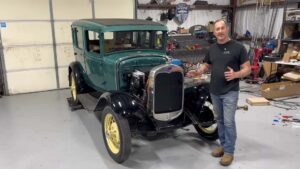
The 2018 Mini Countryman shares its powertrains with the Mini Cooper, albeit with one significant exception.
Starting with an average score, we give the Countryman a point above average for its nimble handling, but take it away for an over-burdened base engine. It lands at a 5 out of 10. (Read more about how we rate cars.)
That base engine is a 1.5-liter turbocharged inline-3 that makes 134 horsepower. It’s tasked with carrying more than 3,500 pounds with all-wheel drive, and it predictably runs out of ideas quickly. A 6-speed manual is standard equipment, although a 6-speed or 8-speed automatic can be fitted for more money on front- or all-wheel-drive versions respectively.
The next step up is a 2.0-liter turbo-4 in Cooper S Countryman models that makes 189 hp and can dash up to 60 mph in 7.2 seconds. Like the base engine, a 6-speed manual is standard on front-drive models while an 8-speed automatic is optional on front-drivers and standard on all-wheel-drive versions, which Mini calls ALL4.
John Cooper Works versions are on the top of the pile for the Countryman and feature a 228-hp version of the turbo-4, which is standard on the BMW X1 (and earned our extra point there). Unlike the BMW, the JCW Countryman is fitted as standard with a 6-speed manual or if you must, an 8-speed automatic. All-wheel drive is the only option on JCW versions and it’s better for it; it helps keep the power manageable.
The Countryman uses Mini’s tuning magic and MacPhersons up front to deliver a sharp drive that’s as close to the Cooper as the extra 1,000 pounds will allow. It helps the Countryman feel smaller than its big body would indicate.
Mini’s ALL4 all-wheel-drive system can shuttle power between the front and rear axle in less than a second, operating nominally as a front-driver until slip is detected. It’s a slick system that reduces parasitic loss with a hang-on clutch, although we’d hesitate to take the Countryman any further than a muddy field.
Mini Cooper S E Countryman ALL4
Unlike the Cooper, the Countryman boasts a plug-in hybrid version that is a first for Mini. It takes the turbo-3 and mates it to a 65 kw (87 hp) electric motor and 7.6-kwh battery for a combined output of 221 hp. Interestingly, Mini’s hybrid power system doesn’t supplement the engine; the electric motors power the rear wheels exclusively and help out up front, which makes it a through-the-road hybrid system.
The plug-in hybrid version is clearly the heaviest version, given its battery pack and rear electric motor, and while it’s still decent to toss around, it’s hardly in the same league as the basic Mini Cooper hardtop, especially with the 3-cylinder engine.
The Mini Cooper S E Countryman All4, to give it its full title, works well as a hybrid Countryman but Mini is quite upfront about marketing it as a high-mileage crossover you don’t ever have to plug in if you don’t want to. That will infuriate electric-car fans, but the 12-mile EPA-rated range is at least realistic, unlike the ratings on BMW models with less powerful electric motors.
On the road, with charge in the battery it will accelerate away from a stop electrically, if not as fast as on engine and battery combined, and hold all-electric power all the way up to highway speeds if you pay attention. We suspect many buyers won’t bother. The engine is small enough and so well noise-suppressed that we had to listen for the sound of it switching on, and the added noise was more of a whir from somewhere beyond the firewall than the predictable hybrid howl of a small and overstressed engine.



